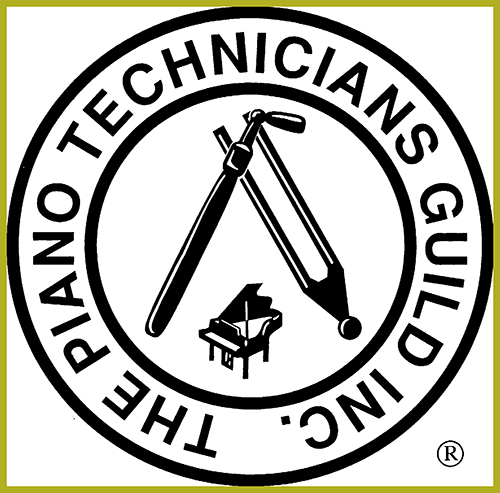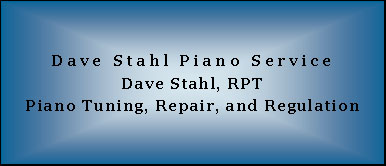
Tuning
For many of us, piano maintenance must be balanced with other financial considerations. But if a piano is to maintain its value from both an artistic and investment point of view, at least a minimum of servicing is required. Tuning is the foundation of the piano service industry. It should be done regularly to ensure that people are able to enjoy their instruments to the fullest.
Every tuner has a different style of tuning. There are different ways of moving the hammer to correctly turn the pin and thus move the string. There are many different types of temperament*, from the Historical Temperaments-often referred to as HTs—such as a Werkmeister or Vallotti Well Temperament, which were commonly used in the 17th through 19th centuries and are still used by many musicians today, to the Equal Temperament, which is the current standard. For more information about temperaments, please visit Jason Kanter’s website at: Rollingball.com/Temperament Sounds
Pitch adjustment
A pitch adjustment is really just a coarse tuning, as opposed to a fine tuning. If a piano has been neglected for some time, it has probably dropped substantially in pitch. Before one attempts to tune the piano to A440, it must be brought up to correct tension. By correcting the tension, there will be less of an effect of one string’s pitch on its neighbor’s when fine tuning. The same is true—in reverse—on pianos that are high in pitch, or over-tensioned, a common occurrence in brand-new pianos.
In tuning parlance, increments of pitch are measured in “cents.” One cent is 1/100th of a half-step. To raise the pitch by as little as 4 or 5 cents is to dramatically increase the stress on the strings, and thus on the bridges, which push down on the soundboard, causing all of the neighboring strings to drop in pitch. The further flat the piano is, the more dramatic the effect on the strings in the vicinity.
While with modern tuning devices, pitch adjustment takes far less time than it once did, and a fairly accurate tuning can be created after it is done, almost all tuners charge for the time and physical effort required to get a piano up—or down—to pitch.
Tuning is considered by many to be the most difficult part of piano technology to master. Setting the appropriate intervals between the notes is challenging enough; getting them to stay where you put them adds yet another skill to master.
Back to TopMAN VS. MACHINE—AN ENDLESS DEBATE
Technicians are often asked, “which is better, a machine tuning or one that you’ve done by ear?” This is a difficult question to answer for many reasons, and none of the answers you’ll hear from anyone are definitive.
There have been tests done to establish which type of tuning is more accurate, and those tests have shown one thing: a well-tuned piano is a well-tuned piano. The only thing that has been established is that it is impossible to distinguish one from the other.
The modern machines are visual tuning aids, incorporating a display that indicates whether the pitch of the string is accurate. Electronic Tuning Devices, as they are known to piano technicians—or ETDs—take readings from several notes and calculate an optimal tuning based on the inharmonicity** of each piano. If the user has a good working knowledge of his ETD and good tuning skills, he or she can create a near-perfect tuning.
The aural tuner relies on the ear to gauge the intervals. A good aural tuner can create a beautiful tuning using only a fork and a well-trained sense of hearing. Many modern tuners use “hybrid” techniques, meaning they use aural techniques and an ETD.
In the end, the tuner must have the ability to judge with his or her ears whether or not the piano is tuned satisfactorily.
*The temperament is the middle section of the keyboard, usually ranging from F 3 to F 4 or A 4, but often stretching down to C3 (below middle C). It is in this section that we balance the intervals to create a tuning that is pleasing to the ear.
**In a nutshell, inharmonicity is the difference between the theoretically correct partial (commonly called a harmonic) and the real partial that is created when the piano string is struck by the hammer.
RELATED LINKS
Piano Technicians Guild Pitch Adjustment
Back to Top
